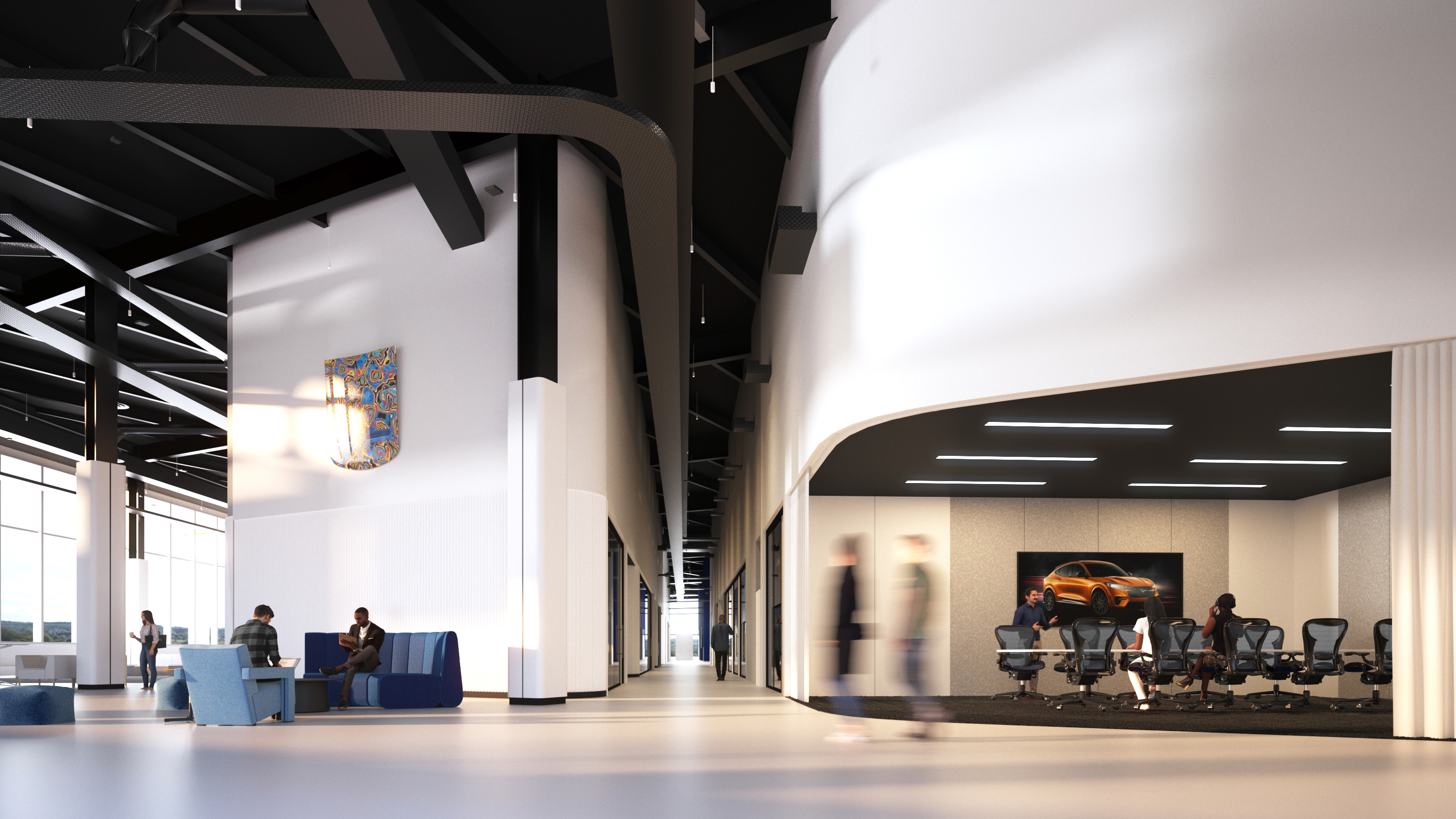Through a vernacular process, this initiative suggests developing urban settings that are responsive to people, communities, and nature. This process is informed by cybernetics and vernacular architecture, which involves feedback loops between humans and the architecture of the city, shaped by environmental conditions and human behaviors. Instead of predetermined programmatic relationships, this proposed system is an ever-evolving framework that allows for spaces to shift based on social and environmental needs. The cybervernacular model is implemented in three scales: Cybernature, Cybercommunity, and Cyberhuman, which engage urban dwellers in the construction of cities through automation. The use of discrete architecture, which is made up of scalable, versatile, and accessible elements, democratizes production and increases access.
The cybervernacular city also involves crowdsourced urbanism, where urban dwellers can collaborate to generate data that informs the discrete parts that make up the city. The cyberhuman is empowered by digital tools, allowing for physical feedback with the architecture and enabling the individual to shape their relationship with the city. This project aims to re-engage urban dwellers in the construction of cities and to create a vernacular architecture that responds to their needs.
RELEVANT Press:
Article published in two parts by Meriem Sakrouhi and Mario Serrano about the Future of Cities.
Sakrouhi, M. & Serrano, M. (2019) La Ville Et La Maison De Demain (the City and House of Tomorrow). Les Inspirations Éco, 2 Sept. 2019, Print.
Digital available at: https://leseco.ma/opinion/la-ville-et-la-maison-de-demain.html






